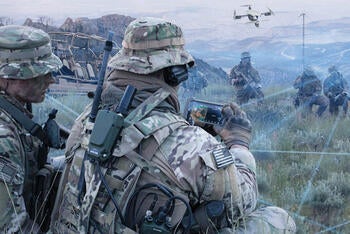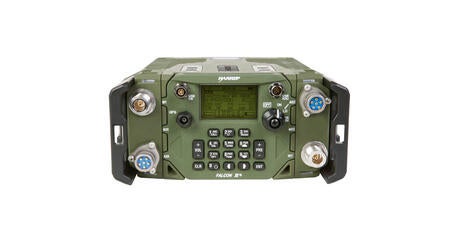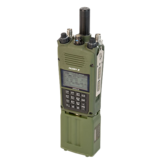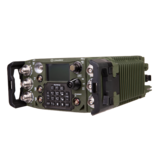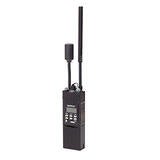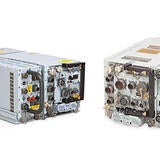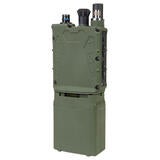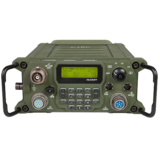Mission effectiveness and troop survivability in the high-technology era requires system flexibility and agility to counter emerging adversarial capabilities through rapid technology insertions.
However, there are foundational elements to integrated Combined Joint All-Domain Command and Control (CJADC2) networks that must be established as a baseline to ensure the protection of the networks as a whole and the safety of the troops themselves.
While the U.S. defense industry currently does not have a unifying definition or standard to follow for “resiliency” to enable CJADC2, this article examines the underlying considerations defense organizations must investigate to appropriately defend communications networks against enemy attacks and interference.
1. Overmatching Sophisticated Electronic Warfare

As the cyber domain weaves into all aspects of modern combat operations, Electronic Warfare (EW) is becoming a larger part of warfare. Without robust anti-jam waveforms, troops can’t communicate on the front lines – and progress comes to a halt.
These waveforms must be designed to penetrate through both enemy EW attempts but also congested radio-frequency areas in order to get information to those who need it, when they need it, regardless of where they are. In order to protect troops across the battlespace, and be truly resilient, communications must also diminish an adversary’s ability to know where communications users are and their intended progress.

















